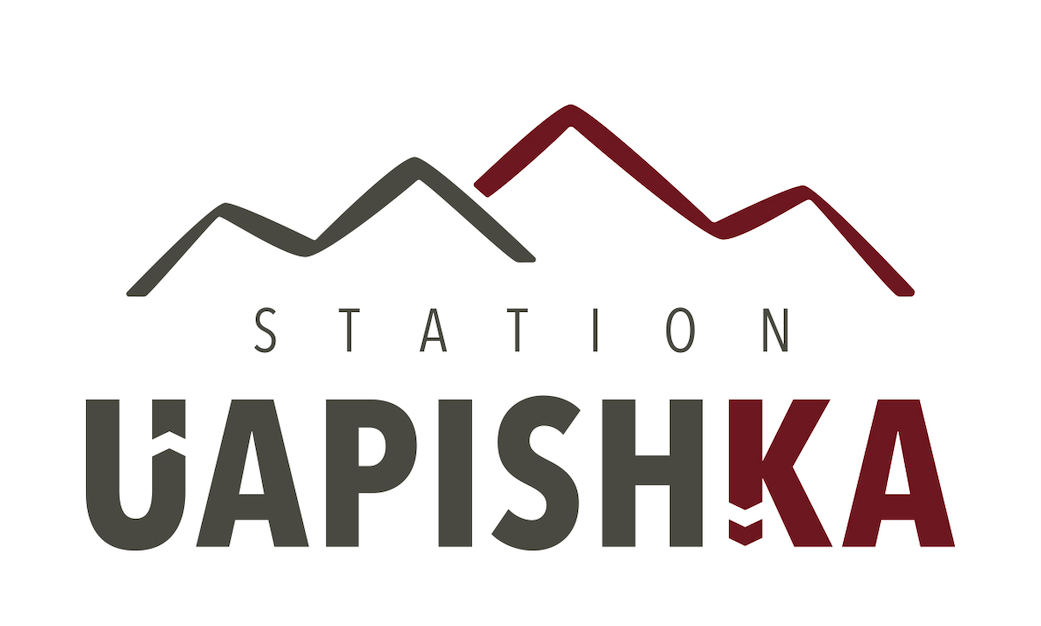
UAPISHKA RESEARCH STATION

Address
Km 336, Route 389TNO Rivière-aux-Outardes, QC
Canada
Station manager
Charles GignacStation Features
Opening year: 2016 Status: OpenFacilities
Station name and owner
Uapishka research Station. Owned by the Pessamit Innu Council and the UNESCO Biosphere Region of Manicouagan-Uapishka.
Location
The Station is located in Quebec, Canada (North-Shore-Manicouagan). Provincial protected Area (IUCN Category II). The Station is located on the shore of one of the largest lake-reservoir of Québec and at the foot of the Uapishka mountain range (thirty peaks over 1000 meters). The range is the sixth largest for its altitude and the third largest alpine area in Quebec.
Climate data
Grey colours are WMO Climate Normals including maximum and minimum values. Blue colours are individual years.
Climate data for the stations where extracted via Copernicus Climate Data Store, from the global gridded reanalysis product:
ERA5 monthly averaged data on single levels from 1940 to present.
Description and source code: Roemer J.K. 2023. https://doi.org/10.5281/zenodo.10214922
Data Source: Hersbach et al. 2023. Copernicus Climate Change Service (C3S) Climate Data Store (CDS), https://doi.org/10.24381/cds.f17050d7
Biodiversity and natural environment
The Station is located at the hearth of the Boreal forest (large homogeneous black spruce forests, where caribous, black bears, wolves and all typical animals from the boreal could be encountered), in the largest protected natural area of this type in Quebec, within the traditional ancestral territory (Nitassinan) of the Pessamit Innus and a territory designated by UNESCO. As well, the Station is built right on the shore of the Manicouagan lake, formed about 214 million years ago by the impact of a major meteorite. With a diameter of about 100 kilometers, the Manicouagan Astrobleme is the fourth largest crater in the world.
History and facilities
Established in 2016, the station has a capacity of 42 in individual rooms, double rooms, dorms and chalet. It has a commercial kitchen and offers full year accommodation and restauration services.
General research and databases
Natural sciences, climate change , traditional knowledge.
Station Monitoring
Human dimension
The nearest communities are Baie-Comeau (336 km south & with 23 000 inhabitants) and Fermont (225 km North & with 2 500 inhabitants). There is also an Innu community ( (indigenous community, 390 km south west & with 4 500)
Access
The Uapishka Station is accessible in all seasons from Baie-Comeau by Route 389 (336km / 4,5 hrs drive), followed by a two-kilometer managed forest road. There is an airport in Baie-Comeau, connecting to Montreal and so any world destination.

